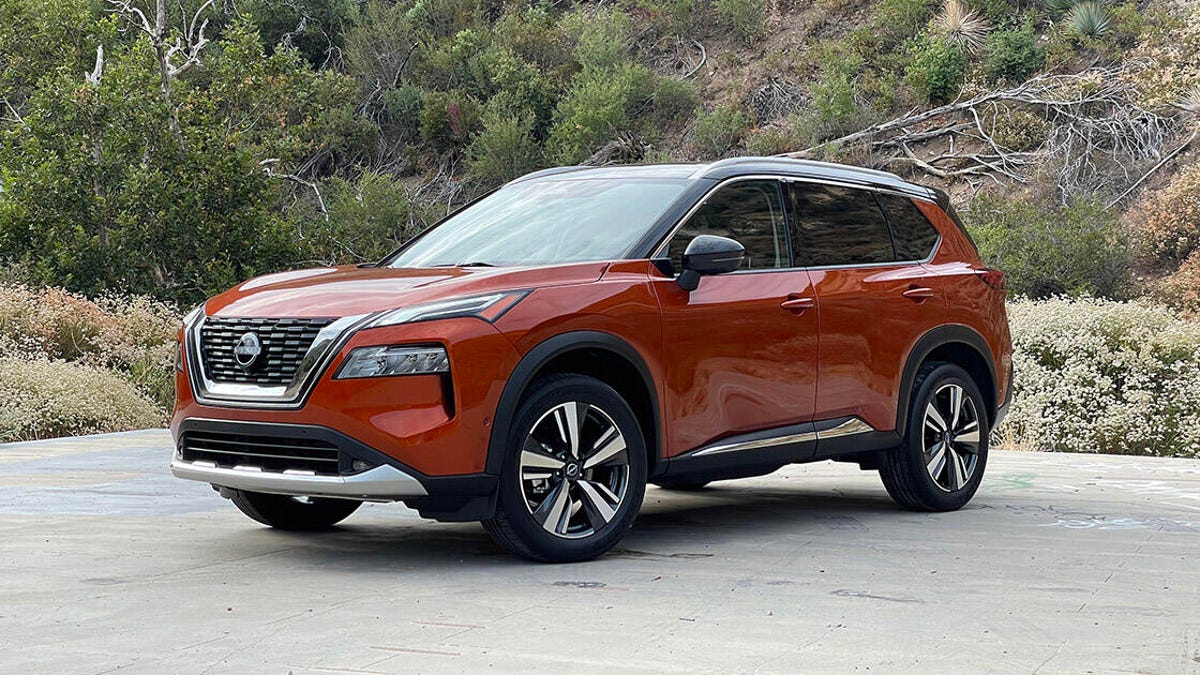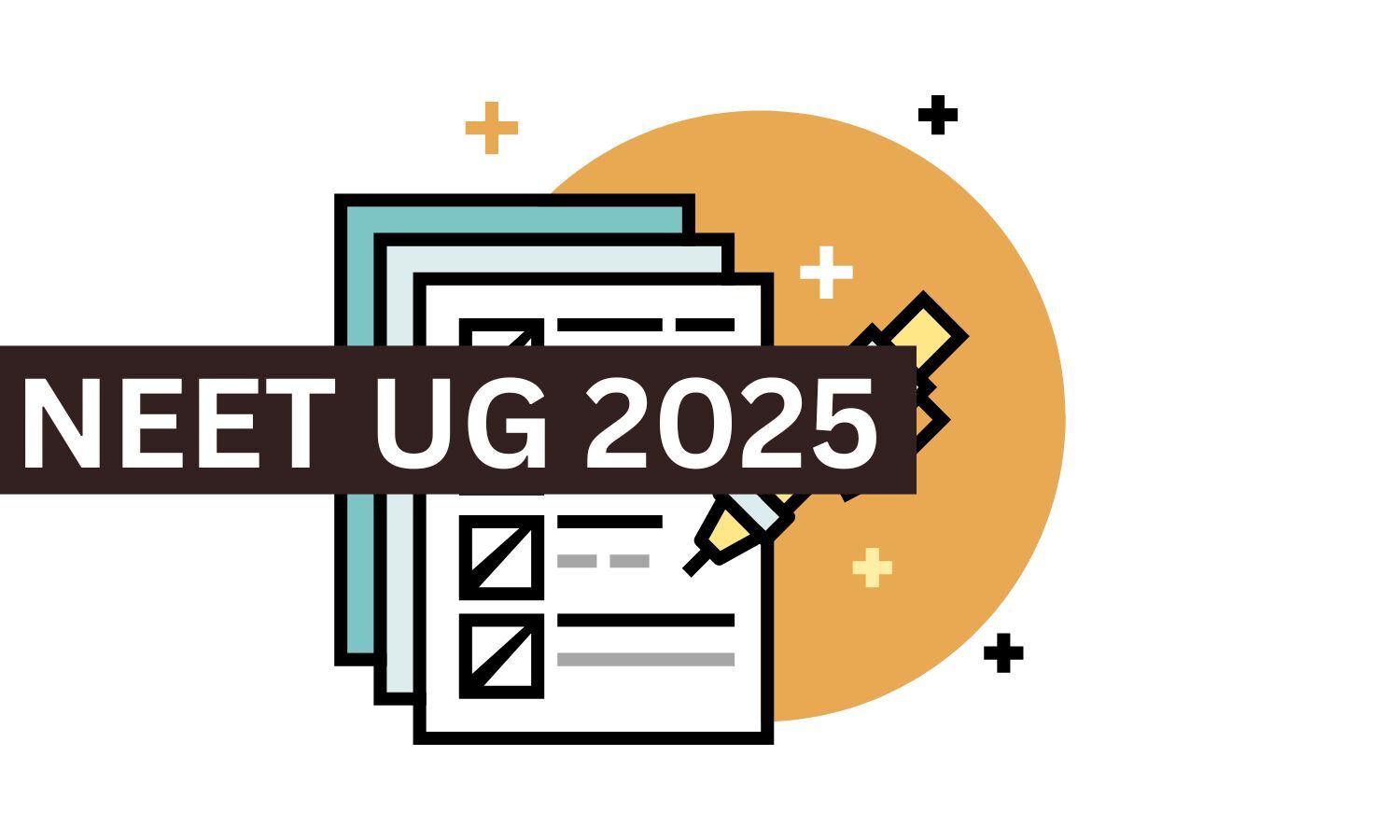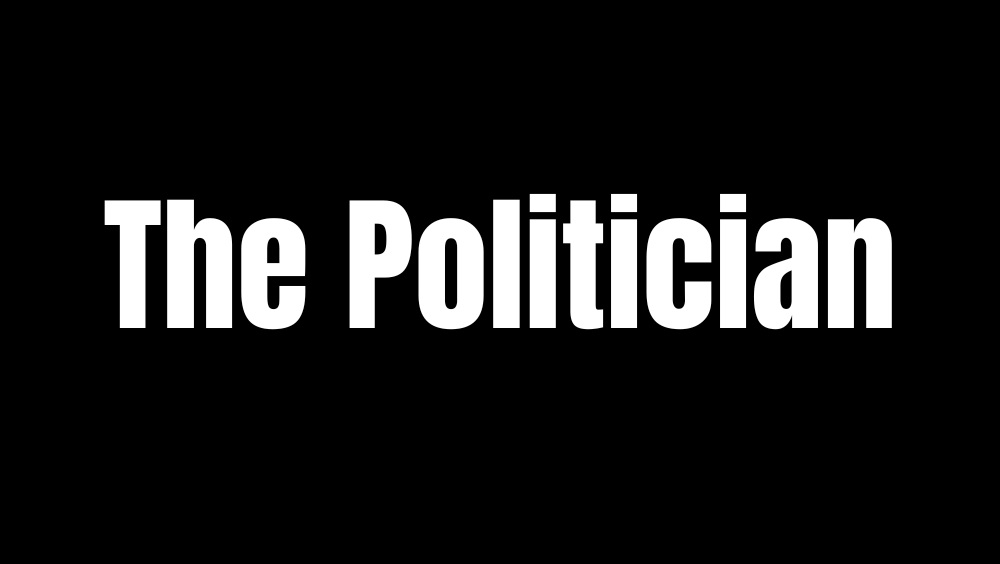What are Trump’s Gold, Platinum, and Corporate cards? Costs, benefits, eligibility, and why critics call it ‘residency for sale’
US President Donald Trump on Friday unveiled the “Trump Gold Card”, a new immigration initiative designed to attract wealthy individuals and corporations by offering them a fast-tracked pathway to lawful permanent residency in the United States. Marketed as a bold reform of the legal immigration system, the programme is aimed at raising billions in revenue while simultaneously tightening rules for skilled worker visas like the H-1B. “It’s going to raise billions of dollars, billions and billions of dollars, which is going to go to reduce taxes, pay off debt and for other good things,” Trump said at the Oval Office launch. What is the Trump Gold card? The Trump Gold Card is essentially a residency-by-investment programme. Price: $1 million for individuals; $2 million per employee for corporations. Benefit: Provides accelerated processing and lawful permanent residency (Green Card) through existing EB-1 or EB-2 visa categories, after standard vetting. Design: The physical card features a gold background with Trump’s portrait, the Statue of Liberty, and the American flag, prominently labelled “Trump Gold Card.” Trump Gold Card (Trumpcard.gov) Trump described the initiative as a way for American taxpayers to finally “benefit from our LEGAL immigration system.” How to apply Applicants must follow a five-step process outlined on the official website (trumpcard.gov): Pay the non-refundable processing fee to initiate the application. Submit supporting documents including identity, financial records, and other details. Undergo vetting by USCIS and the Department of Homeland Security, including security, criminal, and health checks. Make the $1 million contribution (for individuals) once approved. This “gift” to the US government is treated as proof that the applicant substantially benefits the country. Receive permanent residency under EB-1/EB-2 categories, along with the Trump Gold Card for nationwide use. Corporate gold card For businesses, the Trump Corporate Gold Card offers residency for employees at a cost of $2 million per employee. Companies may transfer the card from one employee to another, subject to a transfer fee and renewed vetting. An annual maintenance fee also applies. Corporations can apply for multiple cards simultaneously. Who is eligible? Applicants must: Qualify for lawful permanent residency under EB-1/EB-2 visa categories. Pass security, criminal, and health screenings. Ensure a visa number is available at the time of adjudication. Provide proof of identity, source of funds, and the $1 million (or $2 million) contribution. Only individuals and companies that meet both legal and financial requirements will be approved. Platinum card coming soon Trump also announced a forthcoming Trump Platinum Card, priced at $5 million. Holders may spend up to 270 days a year in the US. Crucially, they are exempt from US taxation on non-US income, making it especially attractive to ultra-high-net-worth individuals. Applications will open later, with DHS conducting vetting. Revenue target Commerce Secretary Howard Lutnick projected that the Gold Card programme could raise $100 billion in the short term. Trump remains optimistic despite expert warnings that parts of the plan may require congressional approval. “The main thing is we’re going to have great people coming in, and they’re going to be paying,” Trump said. Revocation risks Like all US visas, the Trump Gold Card can be revoked if the holder: Poses a national security threat. Commits fraud, misrepresentation, or criminal activity. Violates visa conditions or becomes otherwise inadmissible Gold card announced amidst executive order to kill H1B visa program The announcement of the Trump Gold Card came just hours before President Trump signed a sweeping executive order on H-1B visas, dramatically raising the annual fee for skilled foreign workers from $215 to $100,000. The move, which the White House said was aimed at “protecting American jobs,” is expected to hit Indian IT professionals and US-based tech firms the hardest. While the Gold Card opens America’s doors to the ultra-wealthy, the sharp hike in H-1B fees signals Trump’s intent to discourage companies from relying on cheaper foreign talent. Instead, the administration is positioning wealth-based immigration as the preferred model—offering Green Cards to those who can pay millions, while making it prohibitively expensive for skilled professionals to enter through traditional employment routes. Immigration analysts noted the stark contrast: on the same day that Trump announced a “fast track” for millionaires and corporations willing to contribute financially, he imposed one of the toughest financial barriers ever on skilled workers, fundamentally reshaping the US immigration landscape.



US President Donald Trump on Friday unveiled the “Trump Gold Card”, a new immigration initiative designed to attract wealthy individuals and corporations by offering them a fast-tracked pathway to lawful permanent residency in the United States. Marketed as a bold reform of the legal immigration system, the programme is aimed at raising billions in revenue while simultaneously tightening rules for skilled worker visas like the H-1B.
“It’s going to raise billions of dollars, billions and billions of dollars, which is going to go to reduce taxes, pay off debt and for other good things,” Trump said at the Oval Office launch.
What is the Trump Gold card?
The Trump Gold Card is essentially a residency-by-investment programme.
- Price: $1 million for individuals; $2 million per employee for corporations.
- Benefit: Provides accelerated processing and lawful permanent residency (Green Card) through existing EB-1 or EB-2 visa categories, after standard vetting.
- Design: The physical card features a gold background with Trump’s portrait, the Statue of Liberty, and the American flag, prominently labelled “Trump Gold Card.”

Trump described the initiative as a way for American taxpayers to finally “benefit from our LEGAL immigration system.”
How to apply
Applicants must follow a five-step process outlined on the official website (trumpcard.gov):
- Pay the non-refundable processing fee to initiate the application.
- Submit supporting documents including identity, financial records, and other details.
- Undergo vetting by USCIS and the Department of Homeland Security, including security, criminal, and health checks.
- Make the $1 million contribution (for individuals) once approved. This “gift” to the US government is treated as proof that the applicant substantially benefits the country.
- Receive permanent residency under EB-1/EB-2 categories, along with the Trump Gold Card for nationwide use.
Corporate gold card
For businesses, the Trump Corporate Gold Card offers residency for employees at a cost of $2 million per employee.
- Companies may transfer the card from one employee to another, subject to a transfer fee and renewed vetting.
- An annual maintenance fee also applies.
- Corporations can apply for multiple cards simultaneously.
Who is eligible?
Applicants must:
- Qualify for lawful permanent residency under EB-1/EB-2 visa categories.
- Pass security, criminal, and health screenings.
- Ensure a visa number is available at the time of adjudication.
- Provide proof of identity, source of funds, and the $1 million (or $2 million) contribution.
Only individuals and companies that meet both legal and financial requirements will be approved.
Platinum card coming soon
Trump also announced a forthcoming Trump Platinum Card, priced at $5 million.
- Holders may spend up to 270 days a year in the US.
- Crucially, they are exempt from US taxation on non-US income, making it especially attractive to ultra-high-net-worth individuals.
- Applications will open later, with DHS conducting vetting.
Revenue target
Commerce Secretary Howard Lutnick projected that the Gold Card programme could raise $100 billion in the short term. Trump remains optimistic despite expert warnings that parts of the plan may require congressional approval.
“The main thing is we’re going to have great people coming in, and they’re going to be paying,” Trump said.
Revocation risks
Like all US visas, the Trump Gold Card can be revoked if the holder:
- Poses a national security threat.
- Commits fraud, misrepresentation, or criminal activity.
- Violates visa conditions or becomes otherwise inadmissible
Gold card announced amidst executive order to kill H1B visa program
The announcement of the Trump Gold Card came just hours before President Trump signed a sweeping executive order on H-1B visas, dramatically raising the annual fee for skilled foreign workers from $215 to $100,000. The move, which the White House said was aimed at “protecting American jobs,” is expected to hit Indian IT professionals and US-based tech firms the hardest.
While the Gold Card opens America’s doors to the ultra-wealthy, the sharp hike in H-1B fees signals Trump’s intent to discourage companies from relying on cheaper foreign talent. Instead, the administration is positioning wealth-based immigration as the preferred model—offering Green Cards to those who can pay millions, while making it prohibitively expensive for skilled professionals to enter through traditional employment routes.
Immigration analysts noted the stark contrast: on the same day that Trump announced a “fast track” for millionaires and corporations willing to contribute financially, he imposed one of the toughest financial barriers ever on skilled workers, fundamentally reshaping the US immigration landscape.



























































































































